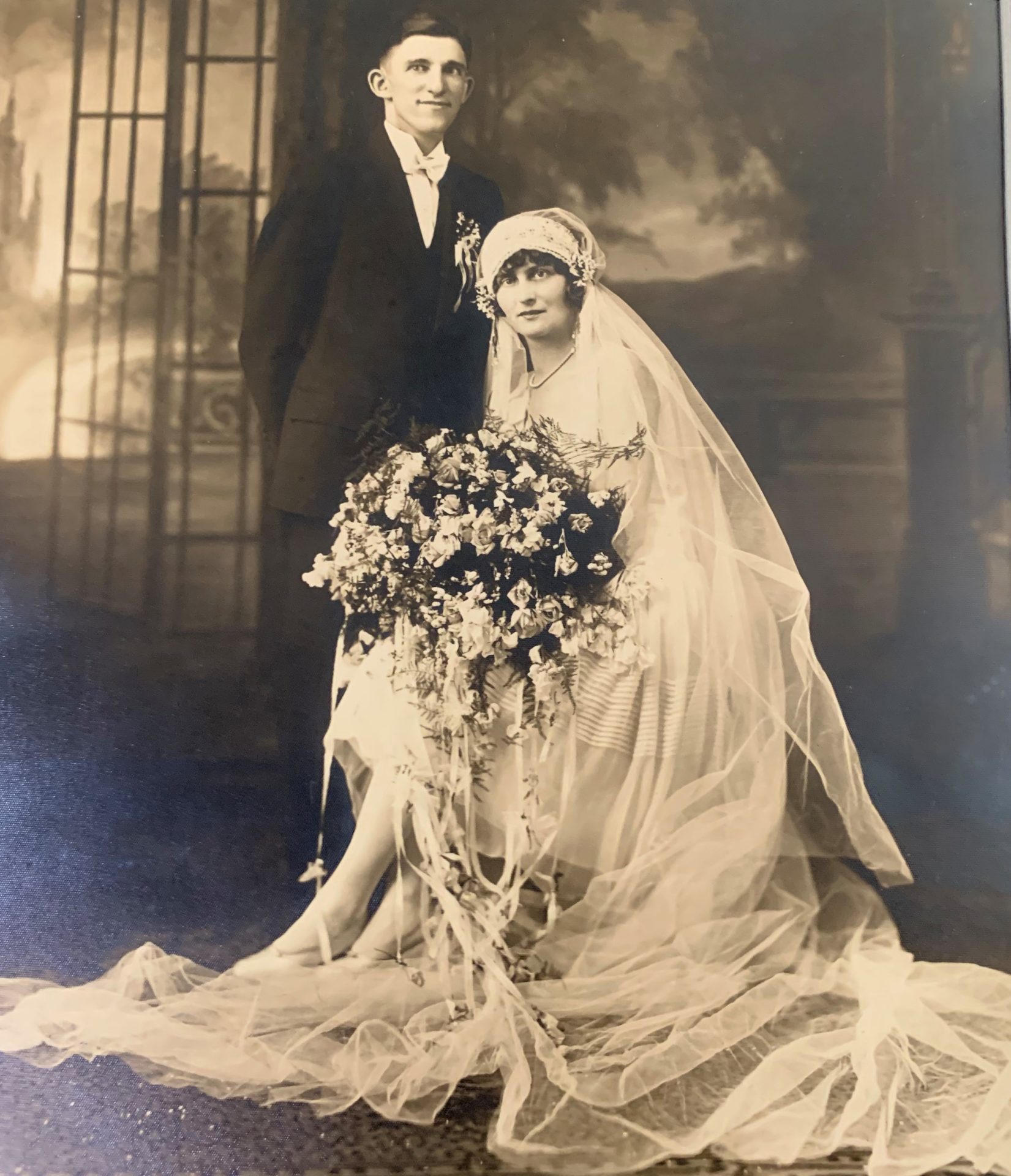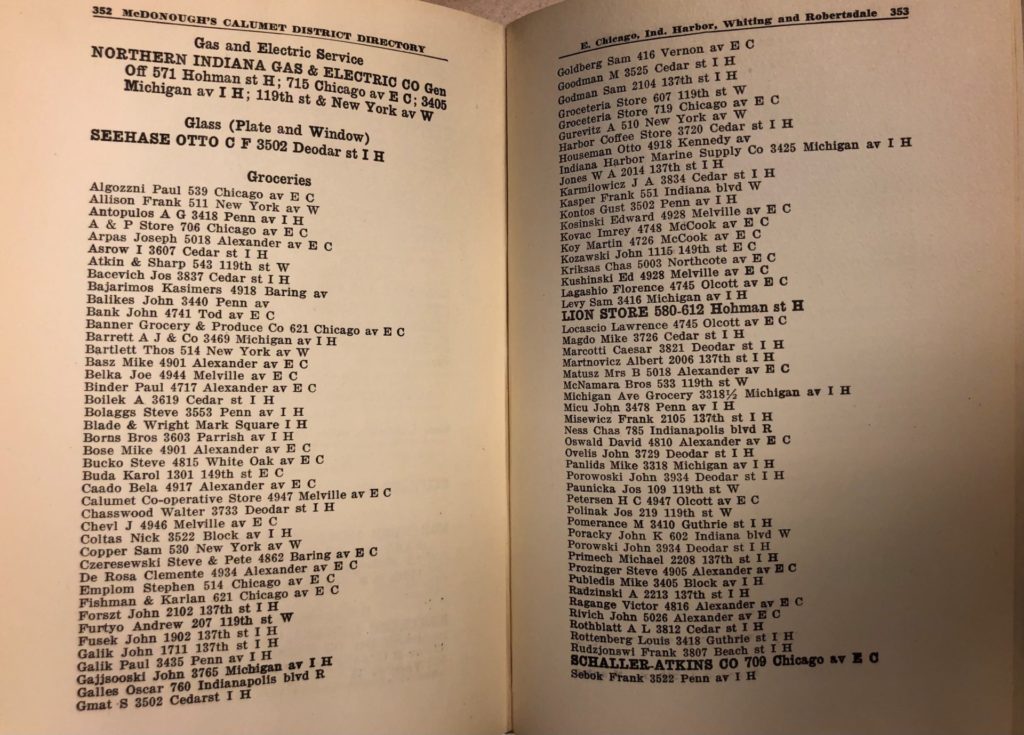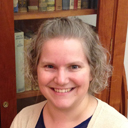
Plan your visit
It’s Not Just Dates: Building a Different Family History, Part 2
June 9, 2021

In my first installment, I discussed Veronica Sabol Jadrnak, my great grandmother, and her ties to the Region’s (read: Northwest Indiana) industry. While these bits of history are interesting and telling, I wonder so much more about her life in the early 20th century. Why was she nearly 28 when she married (an advanced age to marry in 1928)? When did she meet my great grandfather? How did she meet my great grandfather? What was her everyday life like? Did she drive? Have a car? Utilize public transportation?
I know in later life she was shuttled to church by my mother. However, I didn’t know if she ever learned to drive or not. My grandmother, her daughter, opted to forego ever getting a driver’s license. I recently asked my mother about my great-grandma, and she told me that my Great Grandma J learned to drive after she was widowed in 1957. This makes sense, as she lived alone, and was an independent woman, from what I recall. This also explains the 1970s-ish green-gold car I remember being parked in her garage in the early 1980s, though by that time she had suffered a stroke and no longer drove.

Gary Railways Timetable, 1925; Indiana Historical Society
As it was at least the late 1950s before she got her driver’s license, public transportation was likely part of her earlier years. To determine more about options for transport in her geographic area, I looked at The Calumet Region Historical Guide published in 1939. This gave me some great information about how she may have gotten around. The book included city/town chronologies, descriptions, highlights of industry, points of interest, and much more. In a section about transportation in the area, I learned, if she were so inclined, she could have ridden the local interurban, the Hammond, Whiting and East Chicago Railway Company (later known as the Hammond, Whiting and East Chicago Street Railway Company). Gary Railways also operated an interurban and coach service in the Region, serving Whiting in addition to the other cities and towns. Perhaps this line came in handy once she moved to Gary with her husband. Of course, there are other means by which she could have gotten to work and elsewhere. There’s the possibility she caught a ride to work with family or friends since so many residents were headed to Standard Oil. Maybe she walked to work, depending where she worked on the Standard Oil campus.

Robertsdale, near Whiting (area circled) is the basic location of the Sabol residence; Indiana Historical Society, altered.
Finding maps of the area, around the time one’s family member lived there can be enlightening. As the excerpt from the map above indicates, she did not live far from work. To see the map in its entirety, Industrial map of the Calumet Region of Indiana & Illinois, visit our digital collection. She lived in an area where there was a lot of industry, so the sounds and smells of those businesses were prevalent in her daily life. A closer look at area maps may lead to other revelations. I know that her family was active in the local Catholic Church, St. John the Baptist. By entering the address of the family home as well as the church into modern mapping systems, I know it would have likely been less than a five-minute walk for the family. We’ll delve more into the importance of this in the next installment.

‘Groceries’ section of Calumet District Directory, Indiana Historical Society, 1921.
Regional, city directories, and various additional resources may further deepen my telling of her story. Looking at the business listings in the city directories for grocers, as seen in the regional directory above, might remind me that, in the early 1920s, it was common to have small groceries scattered throughout a neighborhood, perhaps on the first floor of a family’s home. For an answer to this question, multiple listings may need to be reviewed as there is also a list in the directory under ‘Grocery & Markets.’ In addition, were there restaurants nearby where she may have been taken on a date? Examining the address listings in a city directory may help me determine if the family lived in a homogenous neighborhood or one that was ethnically diverse. All of this, and so much more, play a role in the way she lived.
For now, I really need to take some time with family members to source some of this information. There are so many questions to ask but figuring out which ones are the most meaningful and helpful to tell her whole story is the real challenge.
Off to write a list of questions for my mother, grandmother and great aunt …
[TO BE CONTINUED]








